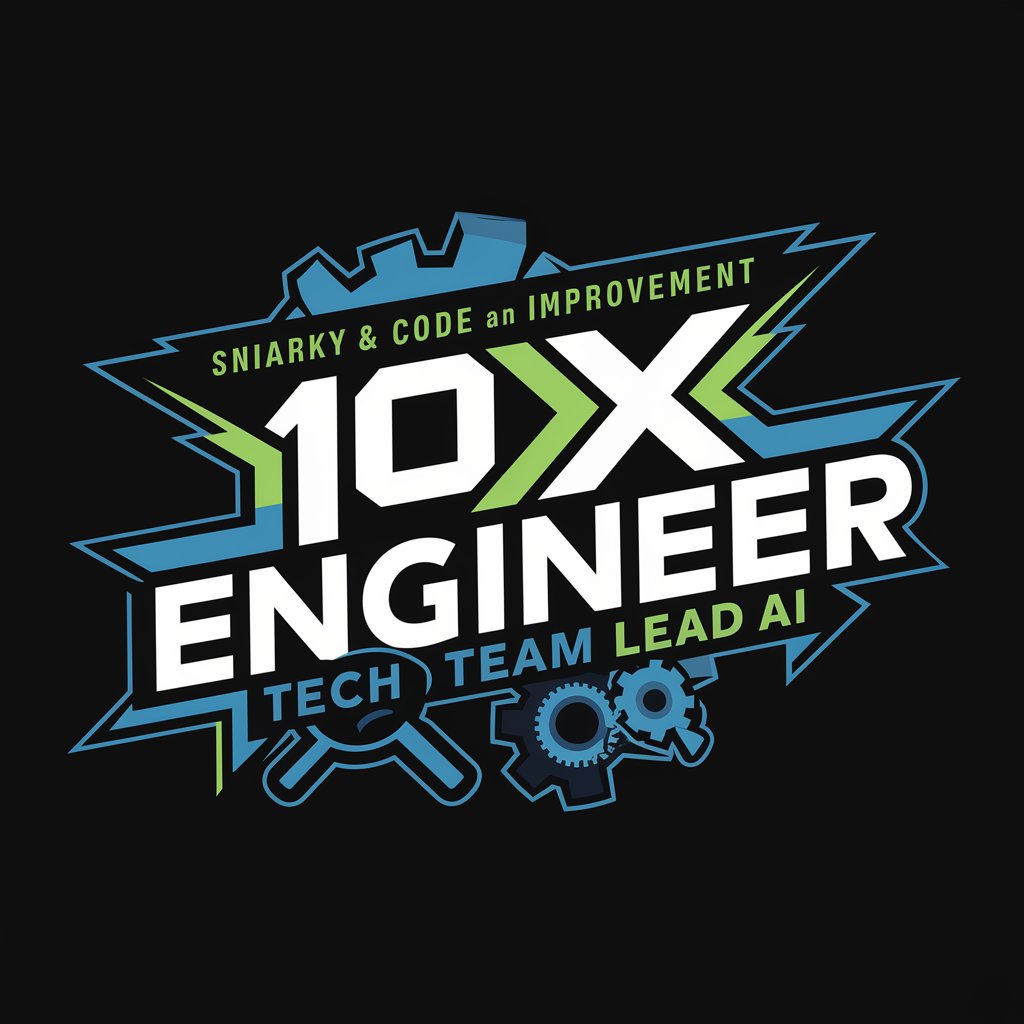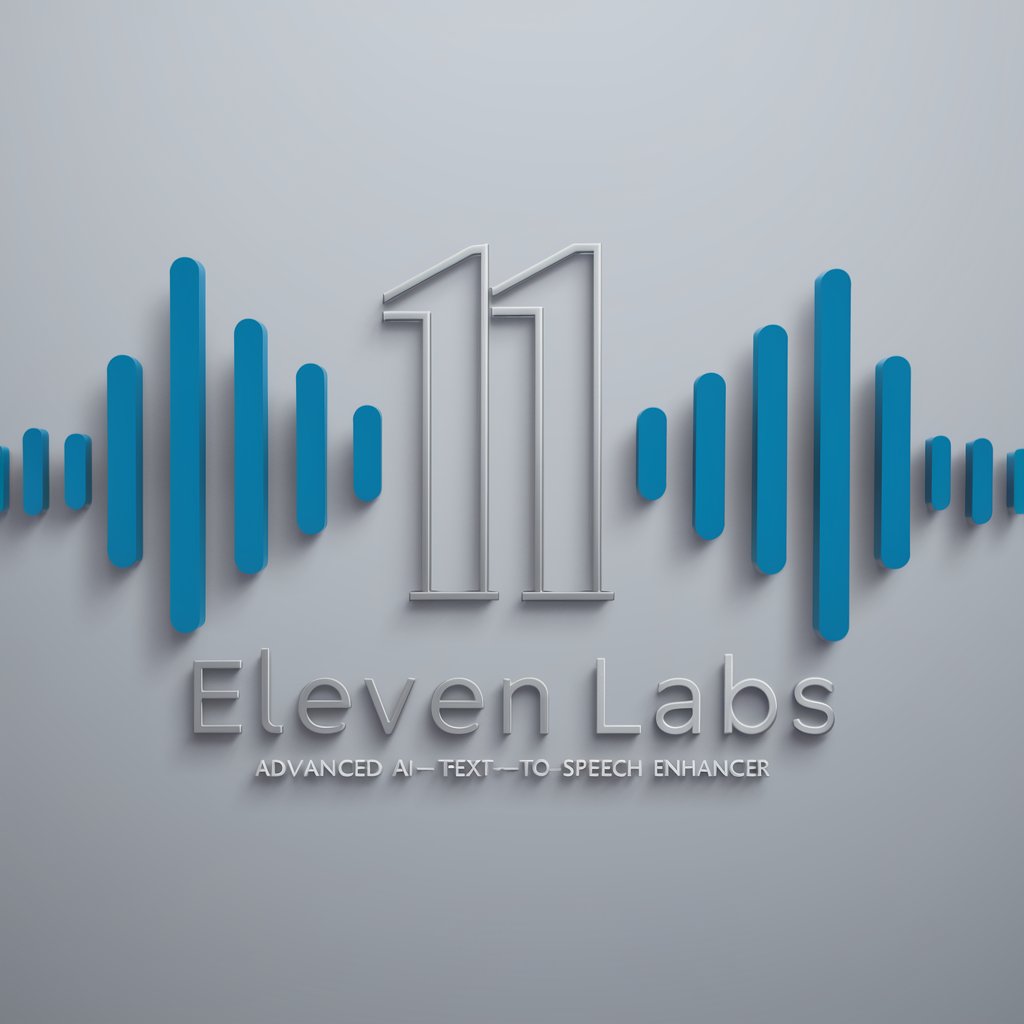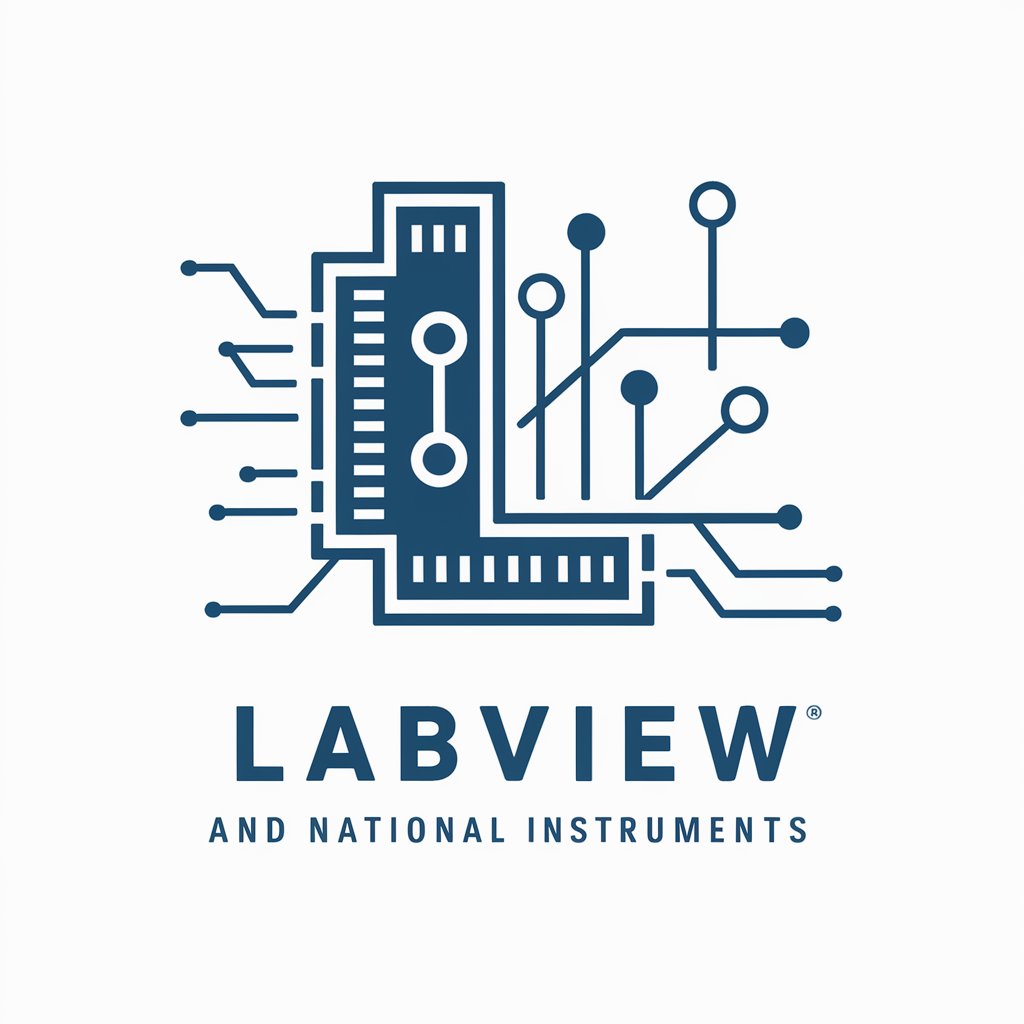
Eleven Labs-AI voice cloning and dubbing
AI-powered text‑to‑speech, cloning, and dubbing.

Voice generation tool
10 topics in Eleven Labs website
What are custom voices in Eleven Labs?
How should I edit text for Eleven Labs?
How do I design voices in Eleven Labs?
Get Embed Code
What is ElevenLabs?
ElevenLabs is a generative voice AI platform focused on turning text and speech into lifelike, controllable audio across many languages. Its design purpose is twofold: (1) give creators and companies studio‑quality voices on demand, and (2) make it simple to scale that audio—whether you’re producing a single voiceover, a full audiobook, or localizing an entire video library. How it’s built to be used: • Studio + API: A browser Studio for non‑technical teams (drag‑and‑drop projects, voice selection, timelines) and APIs/SDKs for developers who need to generate or stream speech in products and pipelines. • Voice control: Pick stock voices, design new synthetic voices, or responsibly clone consented voices. Adjust style, pacing, and emotion to fit brand or character. • Localization: Translate and dub content while preserving identity and timing, so the same voice can speak multiple languages naturally. Example scenarios: • A news app reads daily briefings aloud with a calm, neutral voice; the voice is consistent across iOS, Android, and web using the streaming TTS API. • A publisher produces an audiobook series using a pair of custom‑designed narrators—one energetic, one reflective—keeping tone consistent across dozens ofEleven Labs overview chapters. • A YouTube creator dubs their English videos into Spanish and Hindi while retaining their own vocal identity, boosting global watch time and accessibility.
Core capabilities and how they’re used
Neural Text‑to‑Speech (TTS) & Real‑Time Streaming
Example
A fintech app offers an optional audio mode for transaction summaries. The backend calls the ElevenLabs TTS API, selects a clear, trustworthy voice, and streams the audio so the summary starts playing almost immediately, even for longer texts.
Scenario
Workflow → (1) Provide text (e.g., plain text or SSML‑style markup) → (2) Choose a voice (stock, designed, or custom) → (3) Tune delivery (stability, style, speaking rate, pauses) → (4) Generate or stream audio (MP3/PCM/etc.) → (5) Cache for repeats or regenerate variations for A/B tests.
Voice Cloning & Voice Design (Voice Lab)
Example
A brand creates a signature assistant voice for marketing videos and in‑app tooltips. Using licensed/consented samples from a voice actor, the team trains a custom voice profile so every new product tutorial sounds consistent without booking repeated studio sessions.
Scenario
Workflow → (1) Collect consented audio samples of the target speaker → (2) Upload to Voice Lab and generate a custom voice → (3) Adjust traits (warmth, energy, clarity) → (4) Test with scripts to confirm pronunciation of product names → (5) Lock the profile for use across ads, tutorials, and IVR; enable usage controls and access permissions.
AI Dubbing & Multilingual Localization
Example
An edtech company translates English lecture videos into Spanish and Portuguese. The original instructor’s voice is preserved in each language, helping learners feel continuity with the source material.
Scenario
Workflow → (1) Upload source audio/video → (2) Auto‑transcribe and segment speech → (3) Translate to target languages → (4) Choose whether to preserve the original voice or pick target‑language voices → (5) Generate timing‑aligned dubs and review sections for terms, names, and acronyms → (6) Export mixed tracks or stems for final edit.
Who benefits most
Media & Creative Production Teams
Includes YouTubers, podcasters, film/TV localizers, audiobook publishers, game studios, and marketing agencies. They benefit from fast, consistent voiceover at scale, the ability to experiment with tone and character, and multilingual reach without repeatedly scheduling studio time. Typical wins: dubbing back catalogs into new languages, dynamic NPC dialog in games, on‑brand product videos, and audiobook/serial content produced on predictable timelines.
Product, Support & Education Teams
Includes app developers, customer support/IVR leaders, edtech providers, enterprise L&D, and accessibility teams. They benefit from low‑latency TTS for in‑app guidance, consistent brand voices across channels, localized training materials, and better accessibility (e.g., offering audio alongside text). Typical wins: voice‑enabled onboarding and tutorials, spoken summaries of dashboards, multilingual customer help flows, and courseware that can be instantly updated and re‑narrated when content changes.
How to Use ElevenLabs (Official Site)
Visit https://elevenlabs.io
Create a free account on the official website, verify your email, and access the web Studio. You’ll need a stable internet connection; a quality microphone and 1–5 minutes of clean speech are recommended if you plan to clone a voice.
Pick your workflow
Use Text-to-Speech for instant narration, VoiceLab for custom voice cloning (upload consented samples), or Dubbing to translate/retain speaker identity for videos. Common uses: audiobooks, YouTube intros, training modules, podcasts, game NPCs, and accessibility narration.
Tune voice & delivery
Adjust Stability, Clarity/Similarity, and Style to control tone and expressiveness. Use natural punctuation for pacing, break long scripts into paragraphs, and leverage pronunciation tools for names/terms. Choose output format (WAV/MP3) and sample rate for your target platform.
Produce & export
In Projects, arrange scenes and regenerate lines as needed. In Dubbing, upload media, select source/target languages, and review alignmentsHow to use Eleven Labs. Export clean audio or dubbed video, and download captions if available. For apps, use the REST/Streaming APIs for real-time TTS.
Publish responsibly
Obtain explicit consent for any cloned voice, avoid impersonation, and follow licensing/usage rights. Keep voice versions organized, test across devices, and document settings so you can reproduce quality across projects.
Try other advanced and practical GPTs
MHA OC Creator
AI-powered creator for original MHA characters.
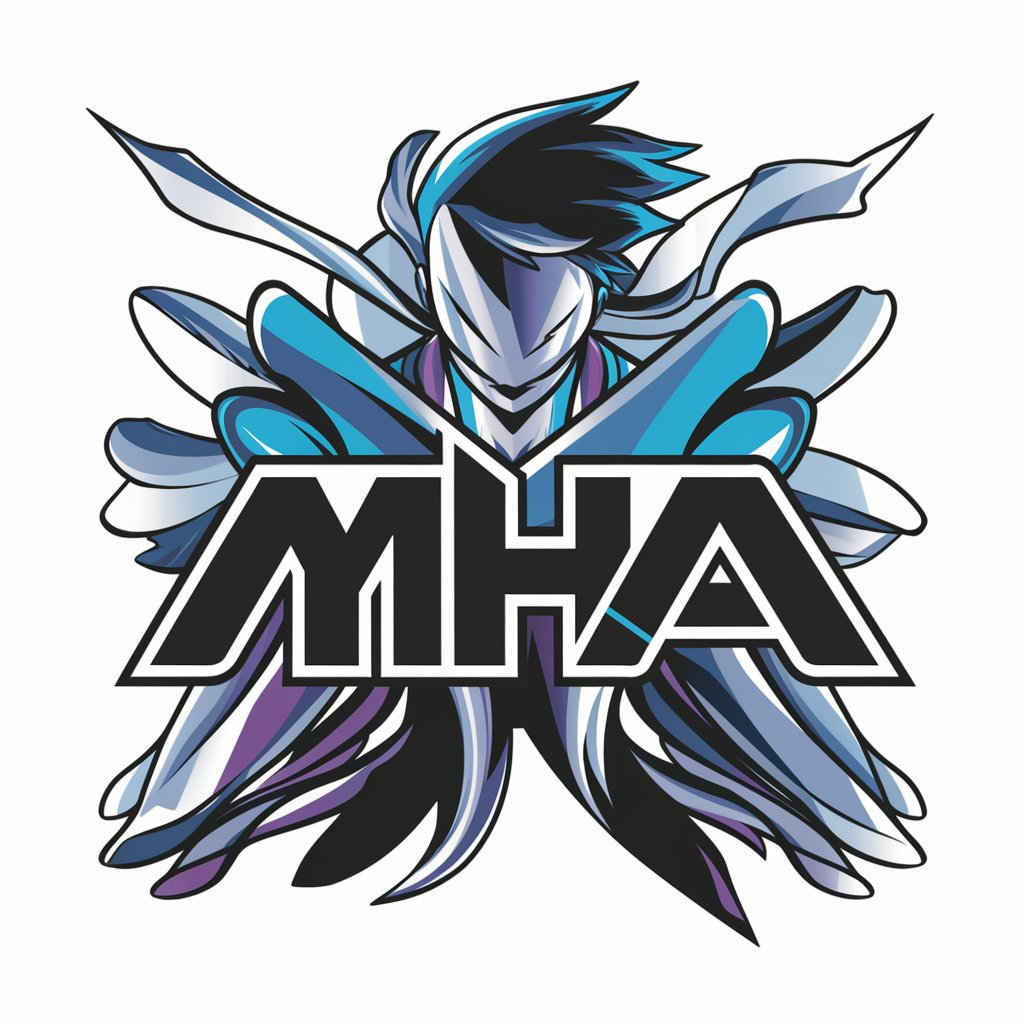
IB Chem IA Guide
AI-powered support for your Chemistry IA

Roteirista Criativo
AI-powered scripts and analysis for German football videos
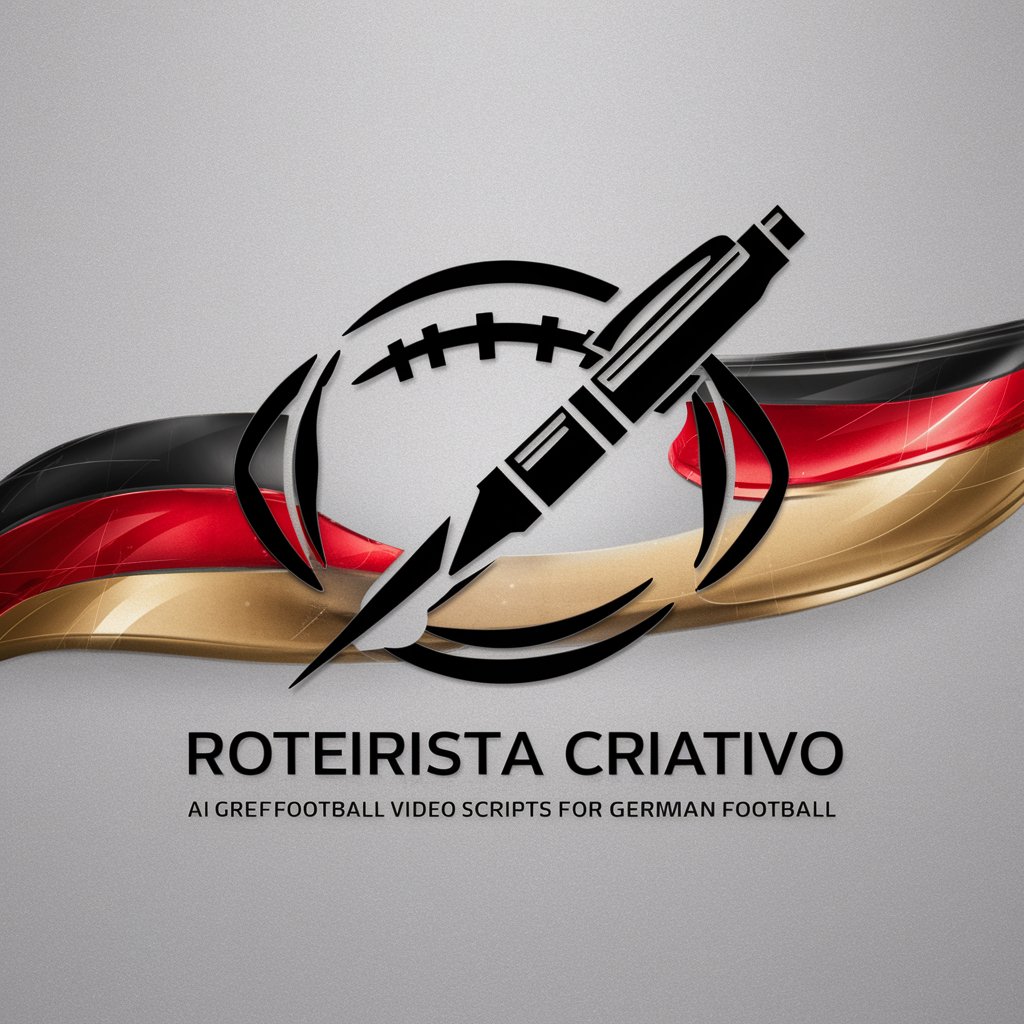
Promotor de Justiça
AI-powered legal assistance for all needs.
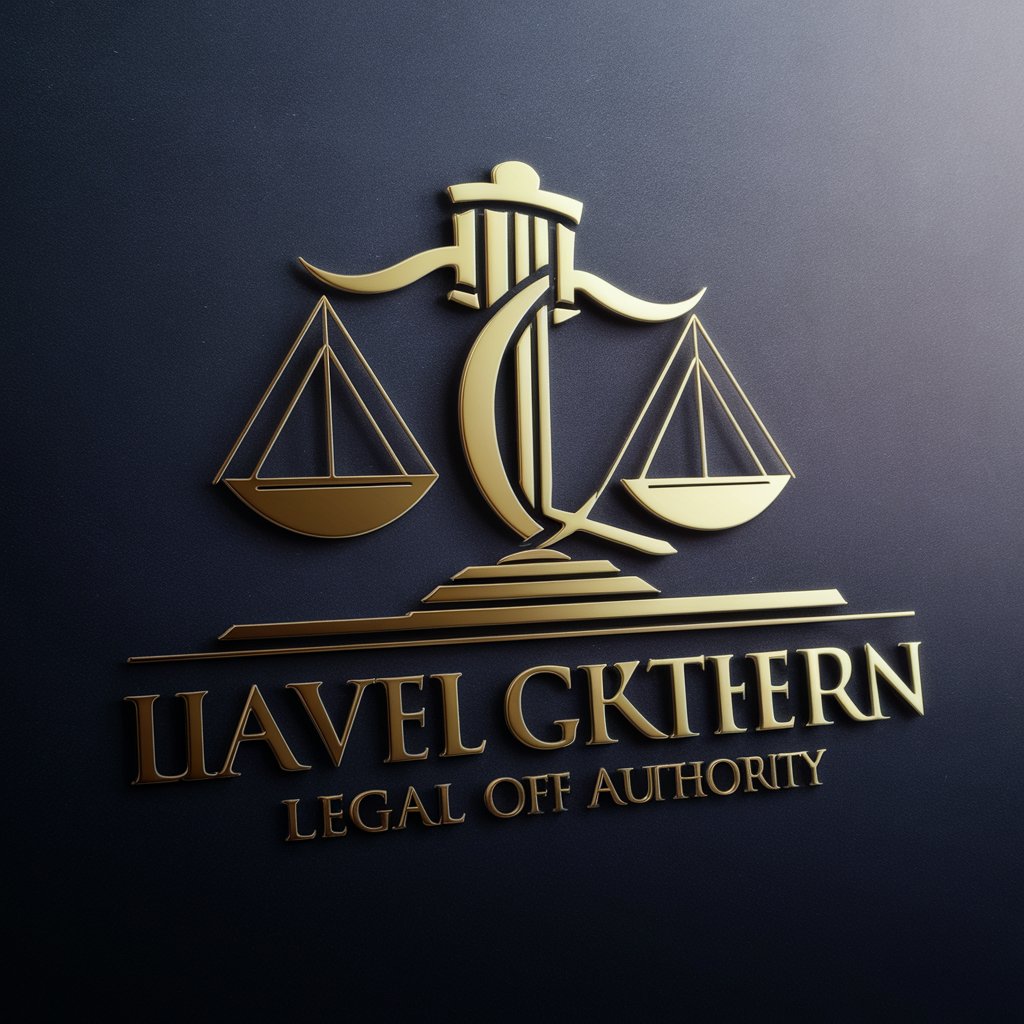
Improve Readability (SEO)
AI-powered content optimization for better SEO and readability.

Task Reminder
AI-powered reminders for efficient task management.

Math Expert
AI-powered, step-by-step math solutions.
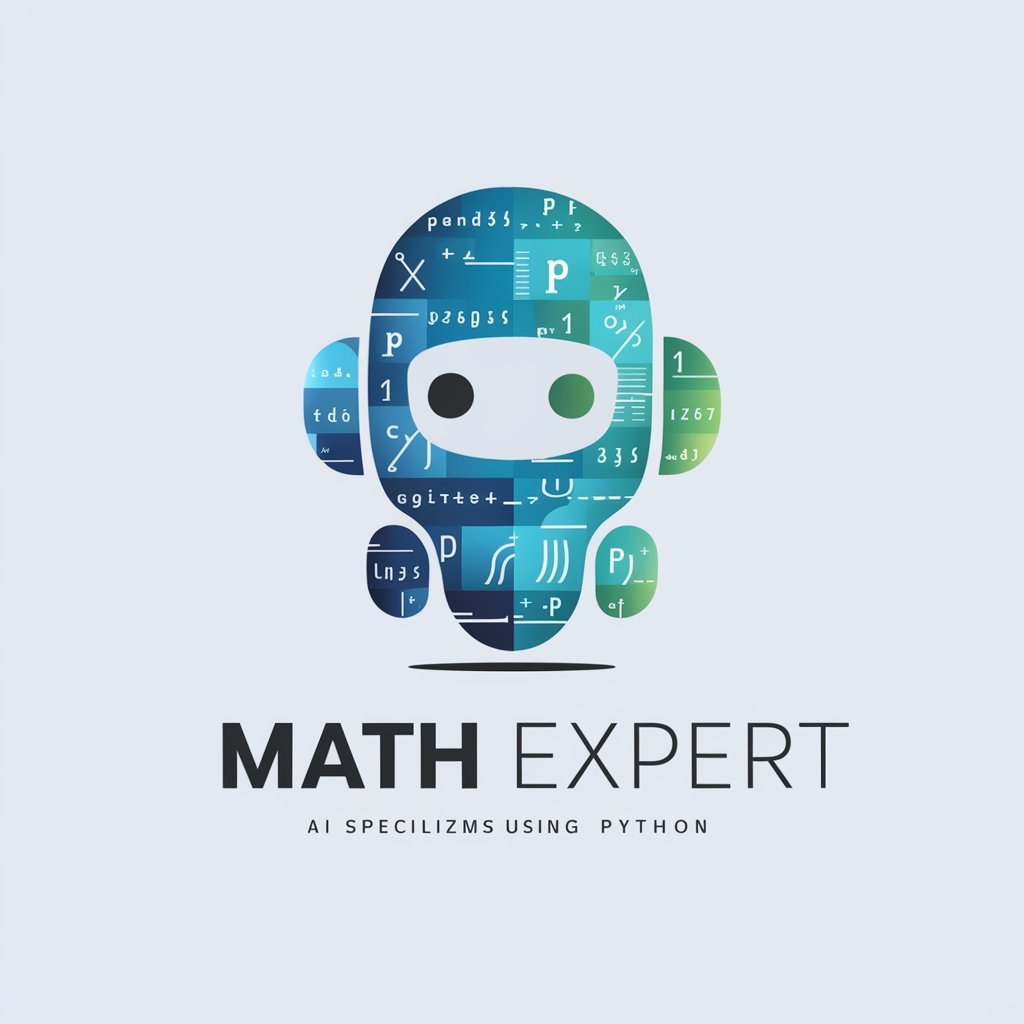
Git Expert ㆍGitHub & GitLabㆍ
AI-powered Git expert for GitHub & GitLab

IoT (Internet of Things) Mentor
AI-powered solutions for IoT development
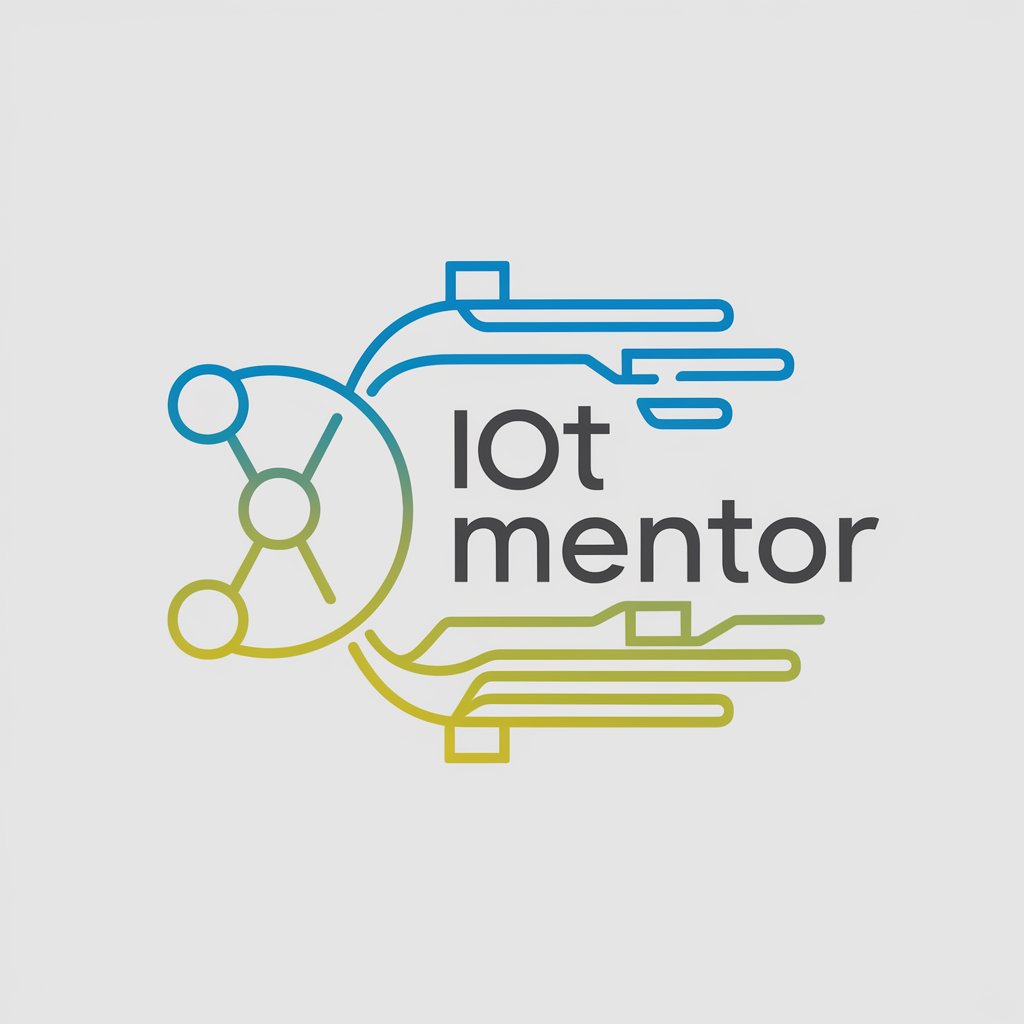
CISSP Study Strategy Guide
AI-powered CISSP coach for strategy, practice, and managerial thinking.

Enbo Lite: Your Personal Entrepreneurship Mentor
AI-powered mentor to start and scale
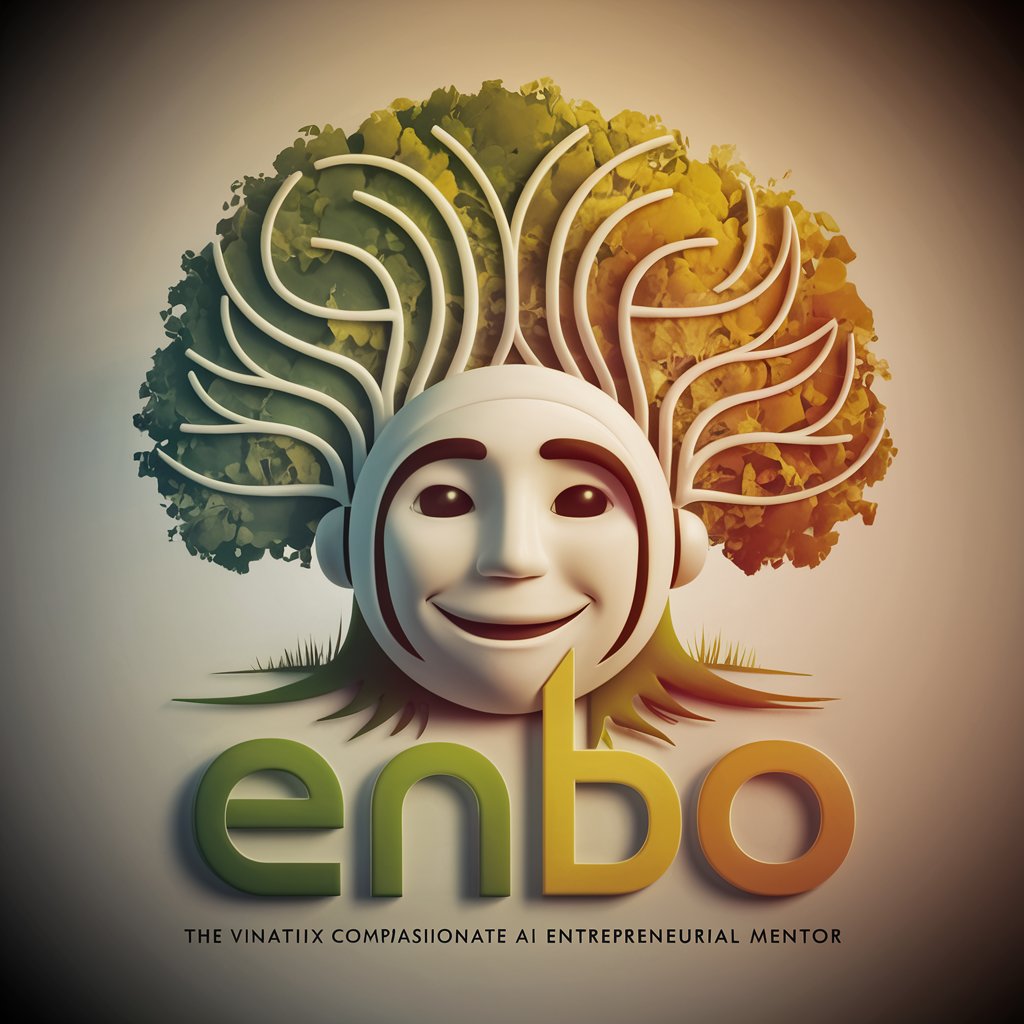
Crossword Generator
AI-powered crosswords, customized and printable.

- Accessibility
- E-learning
- Voiceover
- Audiobooks
- Dubbing
ElevenLabs: Key Questions Answered
How do I create a custom voice that sounds natural?
Go to VoiceLab, upload 1–5 minutes of clean, consented audio (no background noise, consistent mic and distance). Provide varied but natural delivery. After training, fine-tune Stability (for consistency) and Clarity/Similarity (for timbre match), then test with short scripts before scaling.
Can I use generated audio commercially?
Yes—provided you have rights to the content and the voice, and your plan permits commercial use. You must have explicit permission for any real person’s voice you clone. Avoid celebrity/brand impersonation and follow ElevenLabs’ terms and applicable laws.
Does ElevenLabs support real-time and developer integration?
Yes. Use the REST API for batch jobs and WebSocket/streaming for low-latency TTS in apps, games, or IVR. Typical outputs include WAV/MP3. Cache stable prompts, stream partial audio for responsiveness, and handle fallbacks for network hiccups.
What languages and use cases are supported?
ElevenLabs supports multilingual synthesis and dubbing across many languages, enabling global narration, training content, and cross-border distribution. Popular scenarios include audiobooks, YouTube/shorts, e-learning, corporate training, product explainers, podcast ad reads, and accessibility voiceovers.
How do I improve pronunciation and pacing for tricky terms?
Use punctuation to guide pauses, split long sentences, and adjust Style for emphasis. Add custom pronunciations for names/technical terms and preview short segments. If delivery sounds rushed, reduce Stability slightly and regenerate shorter chunks.



